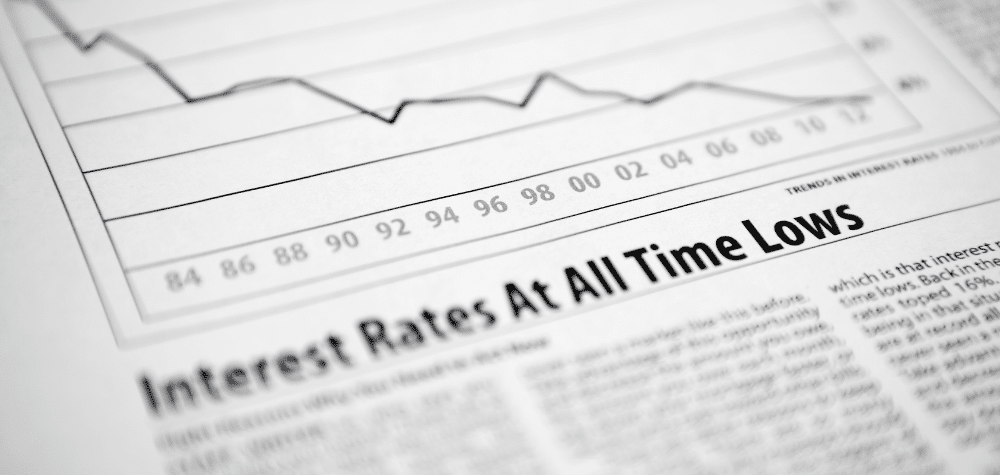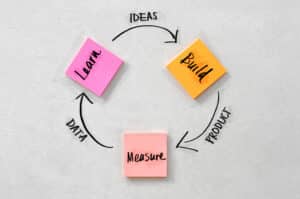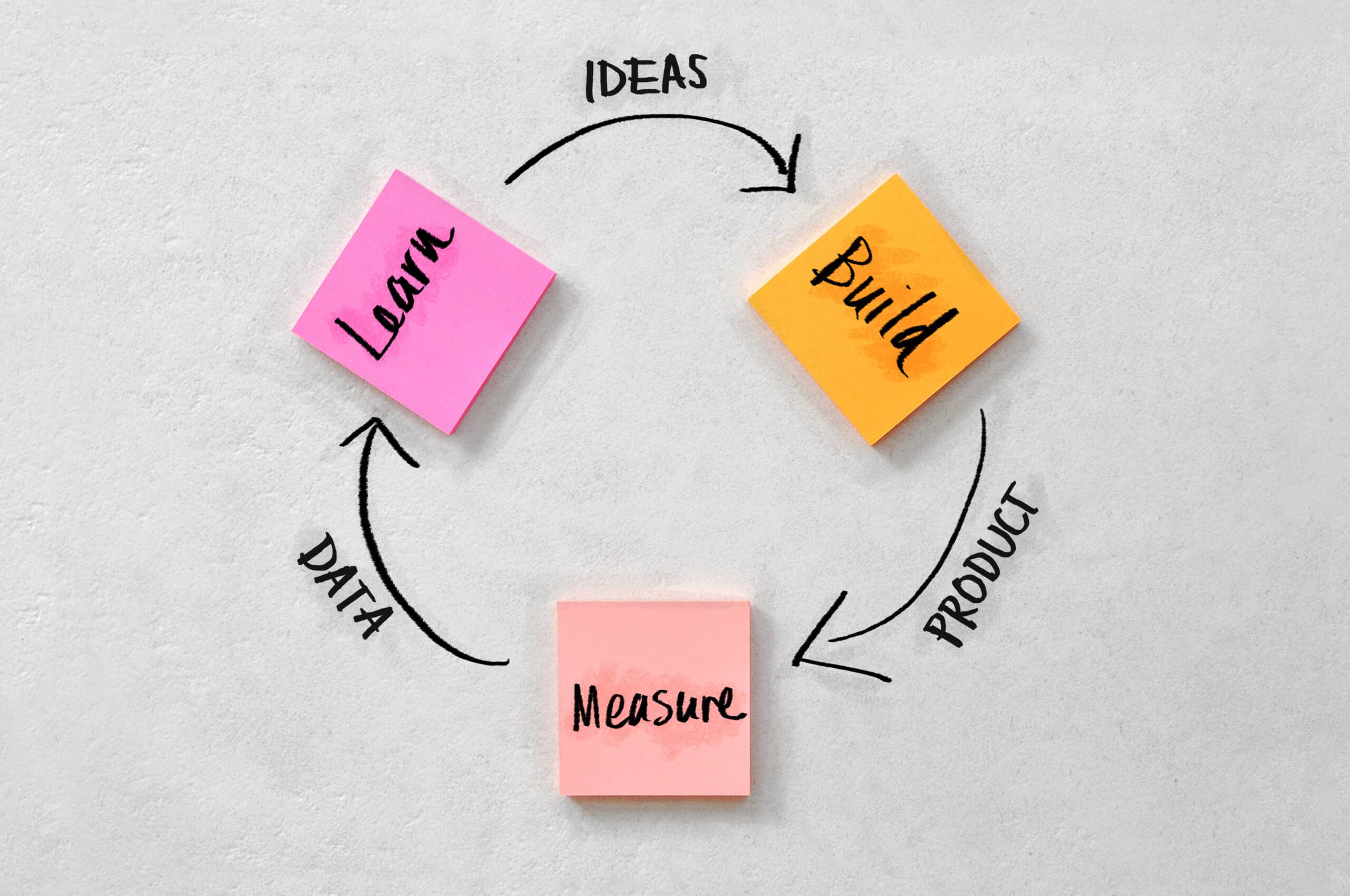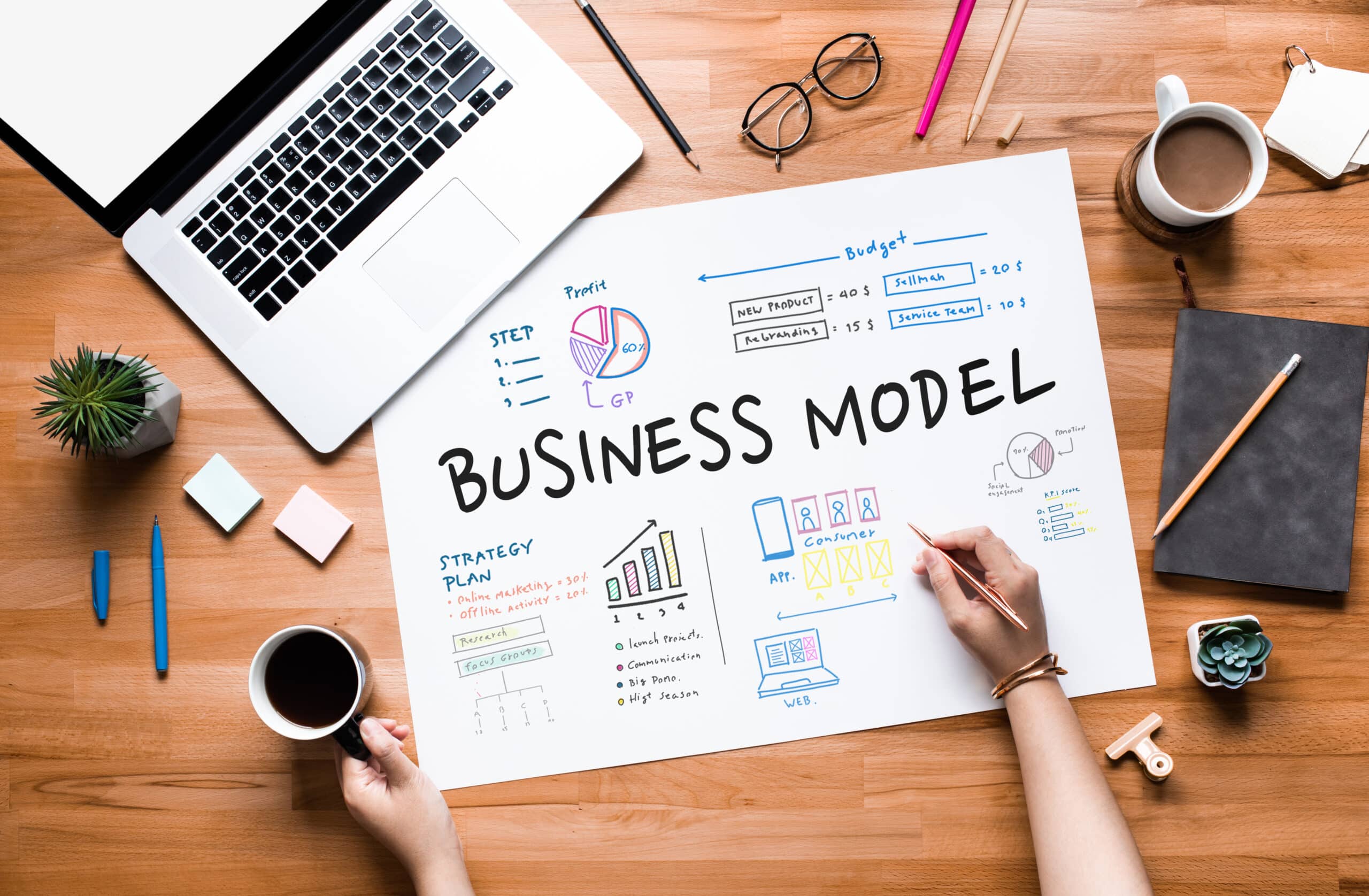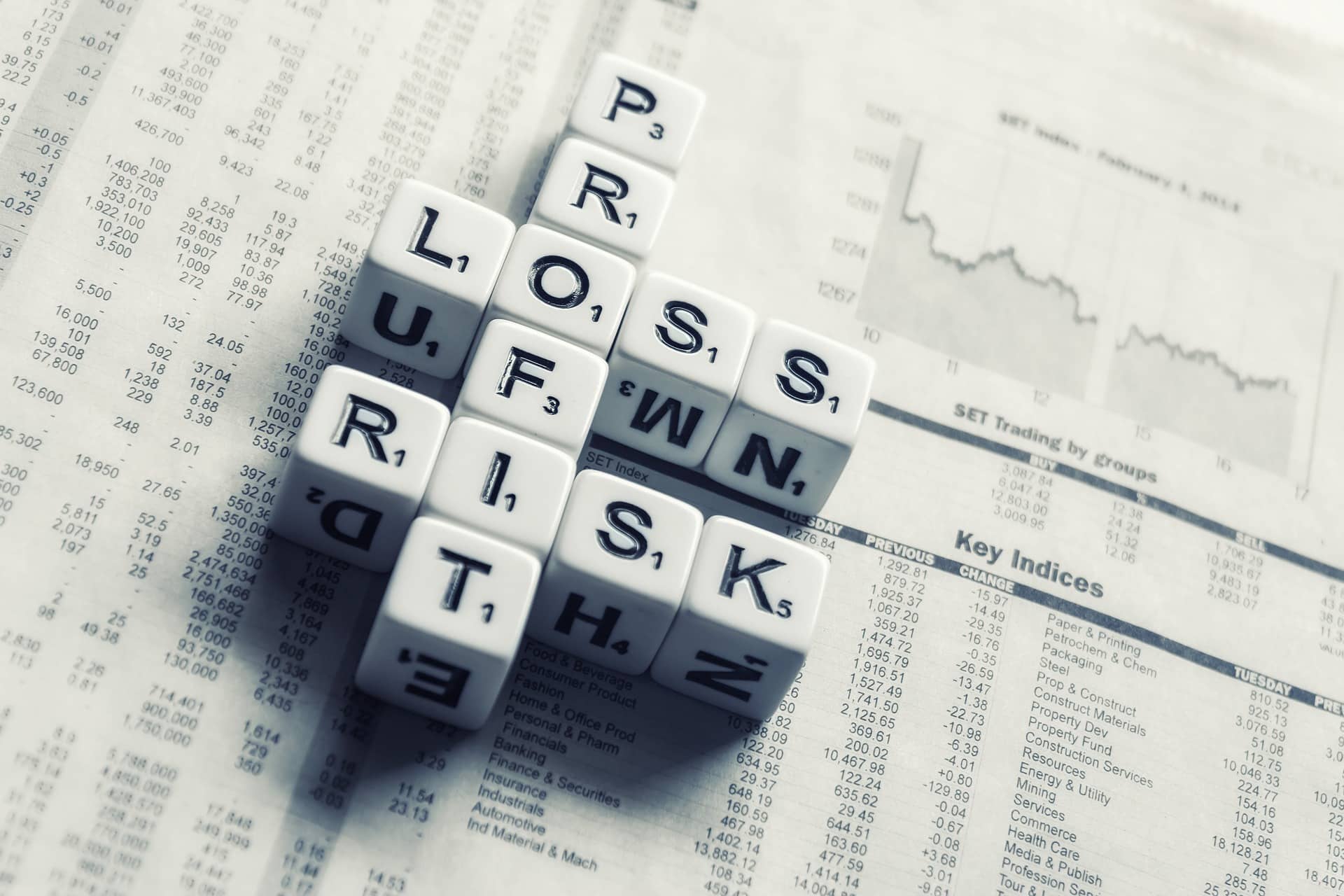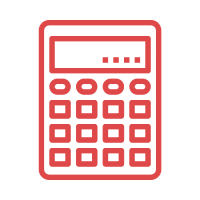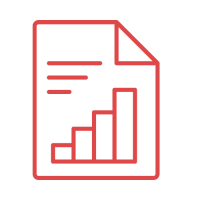Interest rates have a great impact on the Australian economy, due to their ability to affect not only the price of products but also the ability to repay them.
This is because the lower the interest rates are, the more money there that can be spent. The more money there is to spend, the more likely and often it will be spent (as opposed to saving it). When spending increases, the prices often and quickly follow.
This means that, for example, purchasing a car while interest rates are low means that your ability to borrow more money is increased – but you need to be sure that your ability to repay that debt is not affected.
The Reserve Bank originally stated that there will be no increases until at least 2024, but recently, higher than expected inflation numbers have been spotted in places such as the petrol station or the supermarket.
If inflation grows too high, the Reserve Bank will be forced to take action. Though it might be difficult to accurately predict what the Reserve Bank will do, checking what the banks are doing with their fixed-rate mortgages may give an indication of their thoughts regarding property for example. If they are starting to increase, the banks believe that they will rise during the term of the fixed interest period.
The Reserve Bank has also been consistent in stating that interest rates will not lift until annual wage growth is closer to 3%, annual inflation is sustainably between 2-3% and the jobless rate is near 4%. Supply chain issues and the risk of inflation conflate in adding to the pressures of maintaining these interest rates.
When interest rates are low, investing can become a profitable sideline but requires careful consideration and planning. Speaking with a financial adviser about what you can do is the best course of action to take.


